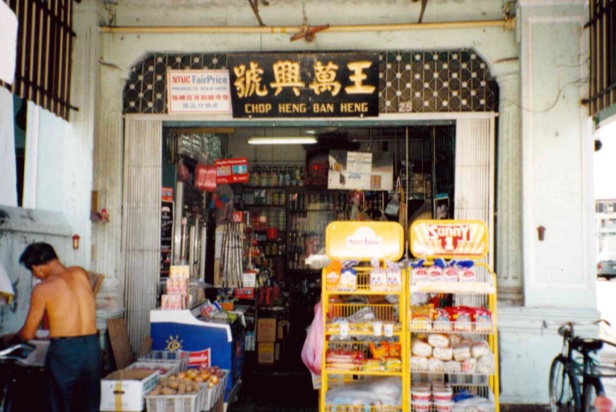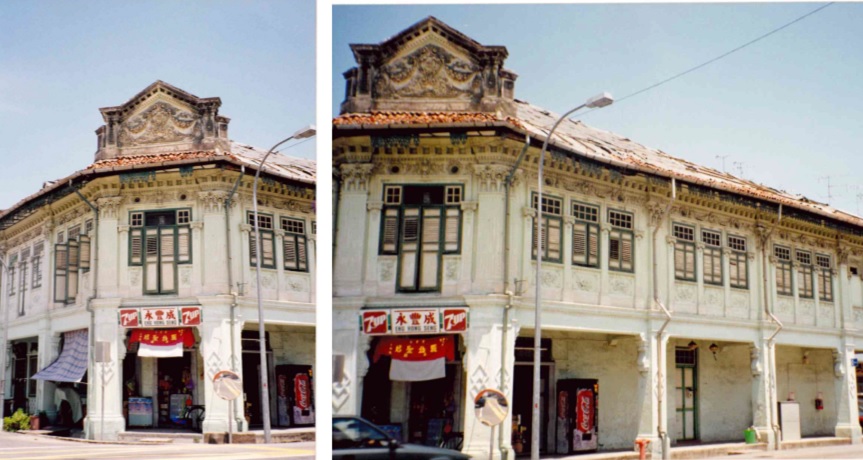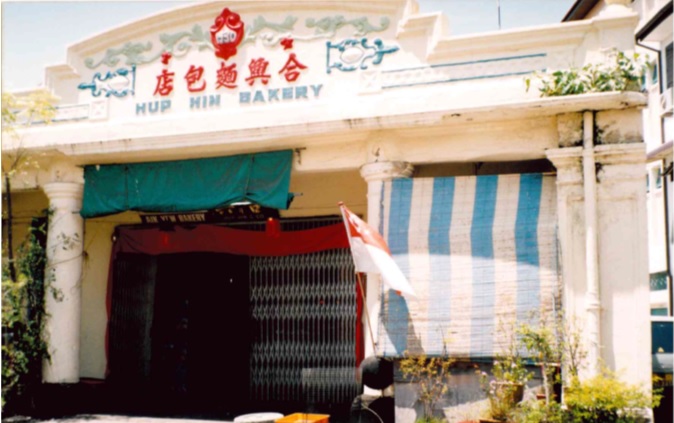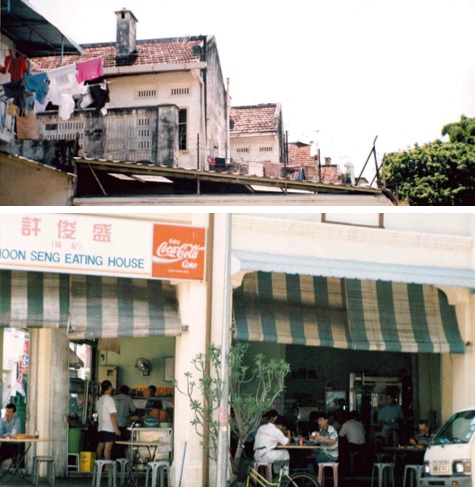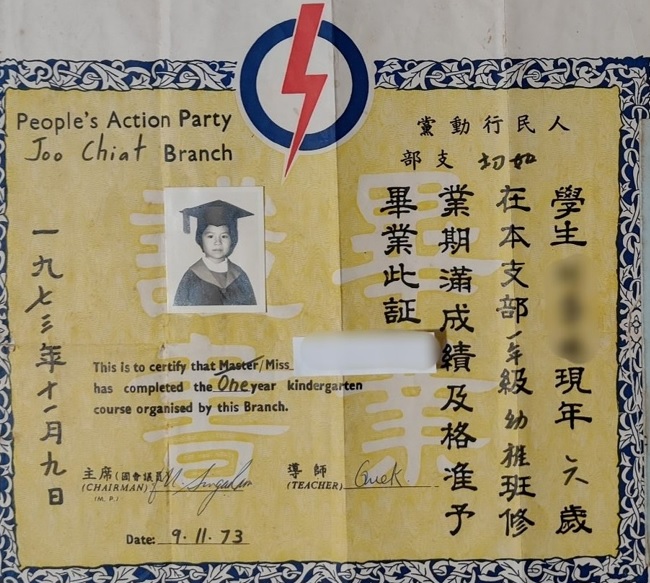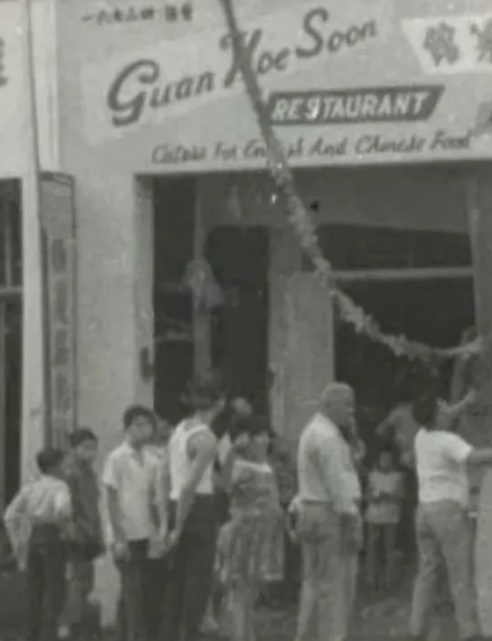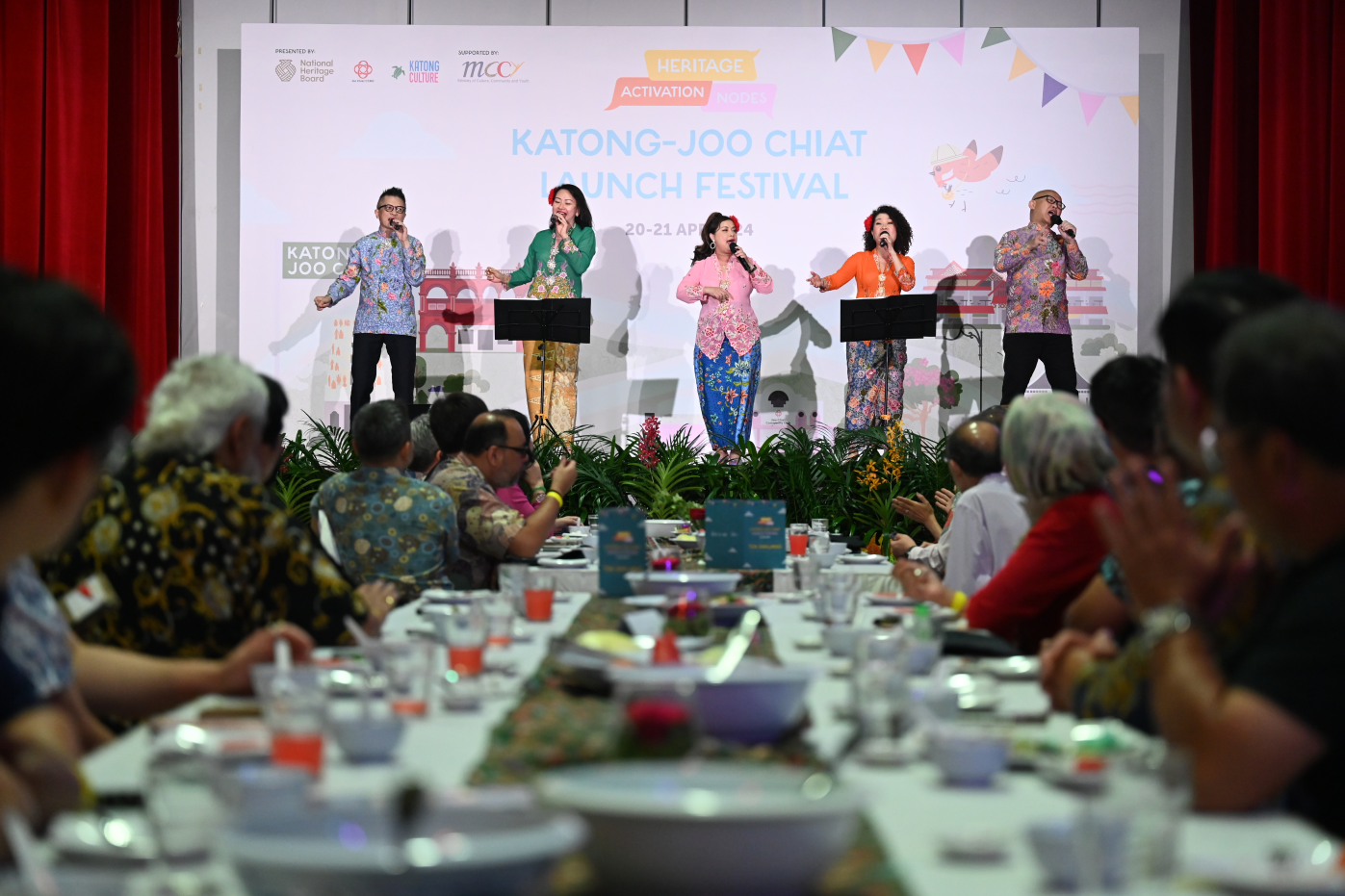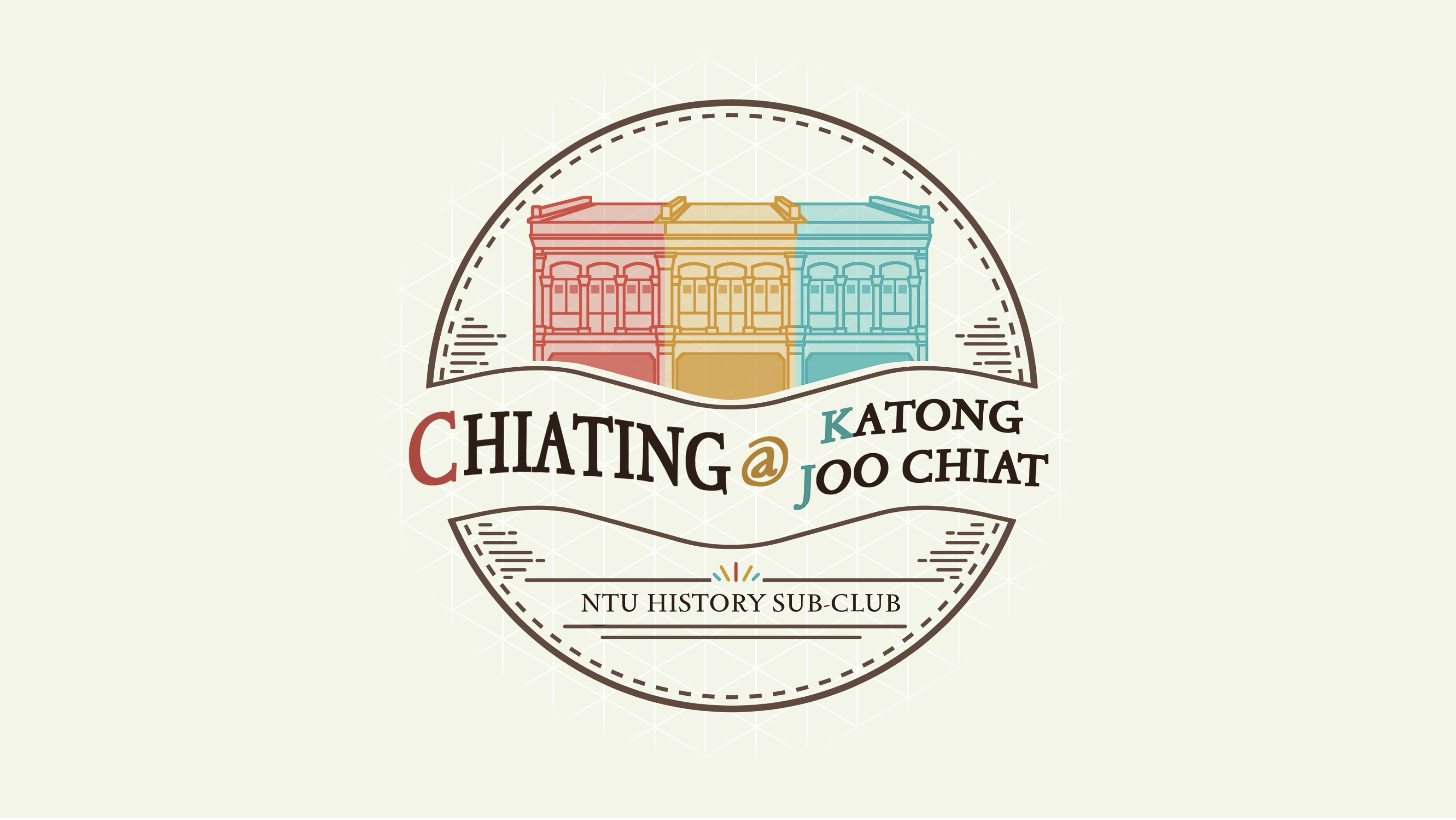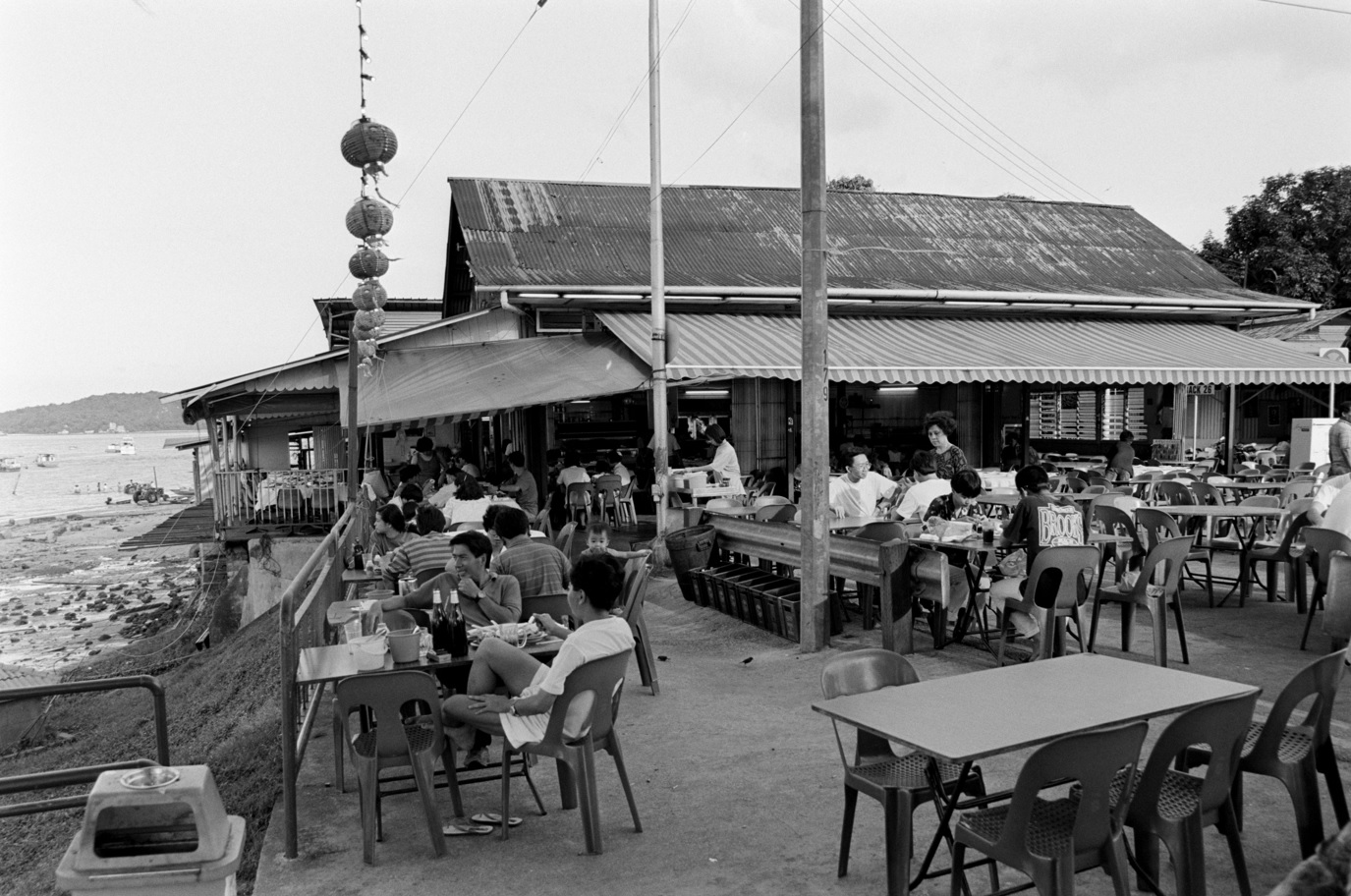Everyday Scenes: Memories and Milestones
"Certificate and report book (not pictured) from my kindergarten year. (Only 1 year). My classes were conducted on a Teochew opera stage in the day. On some nights, it transformed into a busy area where people gathered to watch Teochew opera." Contribution by Cheryl Lao, 1973.
Behind every shophouse and along every street in Katong-Joo Chiat are the faces and voices that have shaped this beloved neighbourhood. From having kindergarten classes on an opera stage to cycling in the neighbourhood during the pandemic, these stories afford glimpses into the everyday moments of community life.
Through sepia-tinted childhood portraits, cherished wedding photographs, and countless moments in between, explore these snapshots of how people have lived, worked, and played in this cultural enclave across the decades.
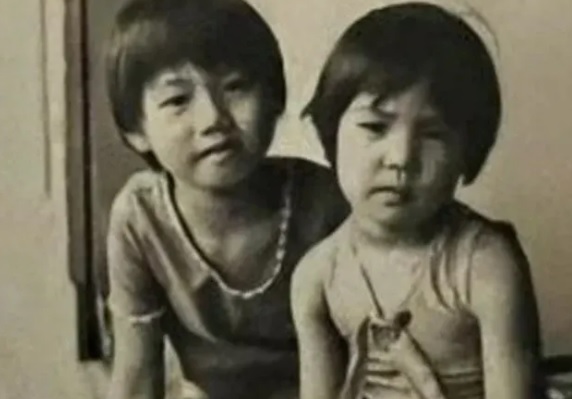
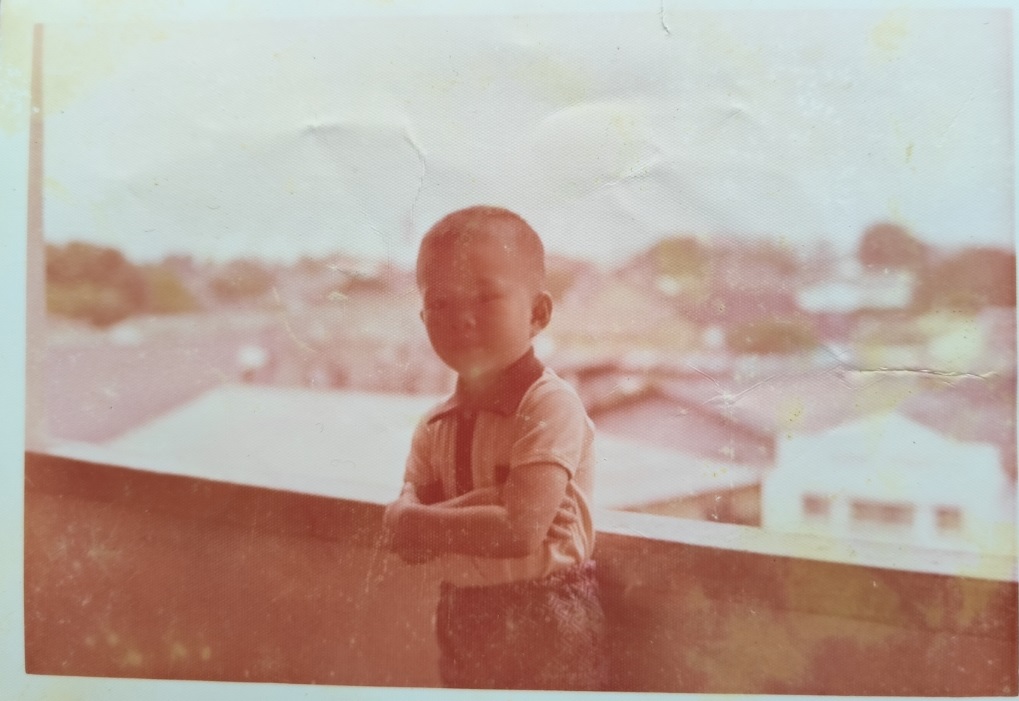
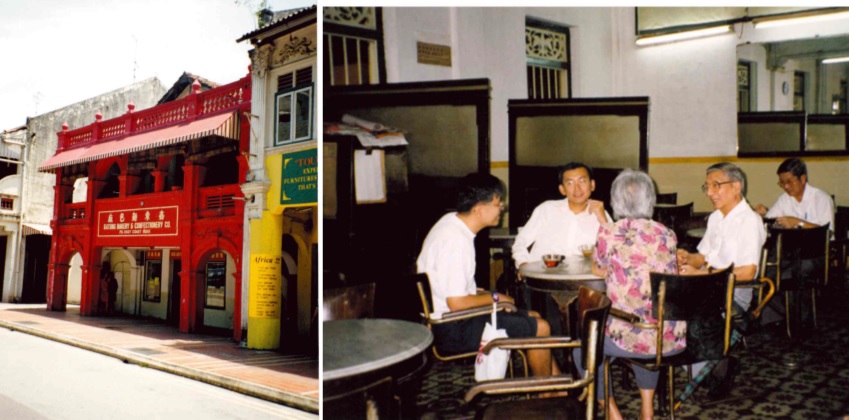
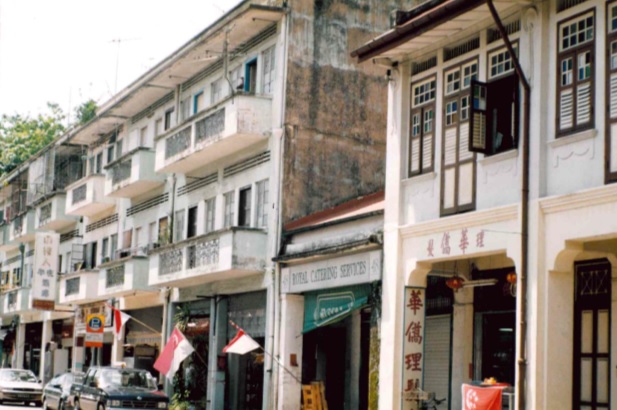
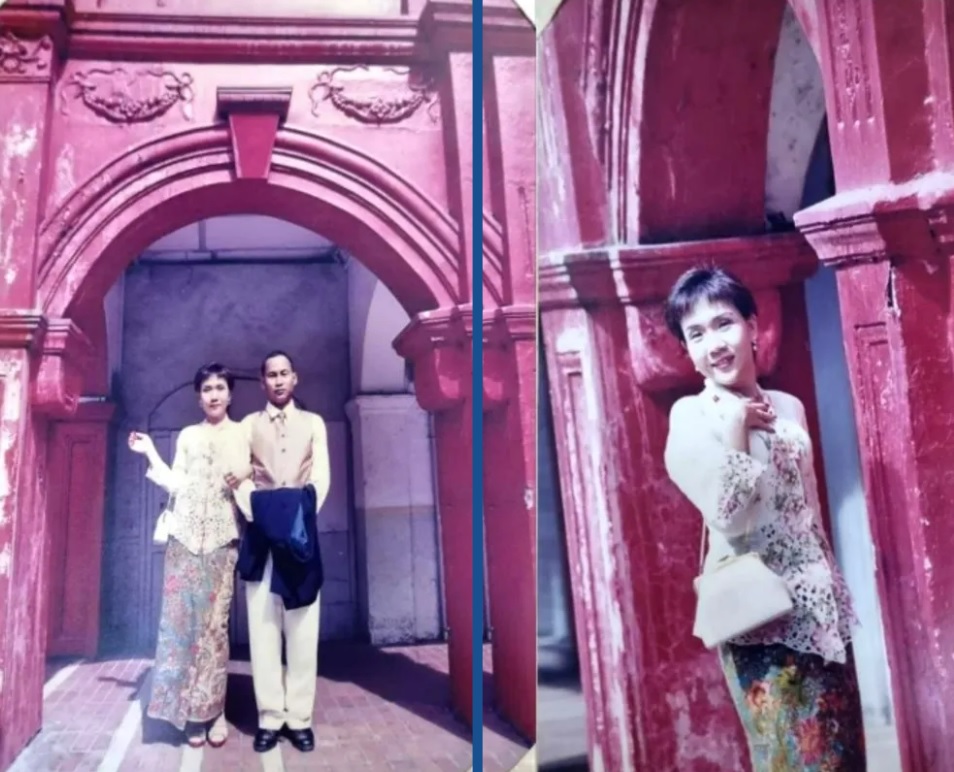
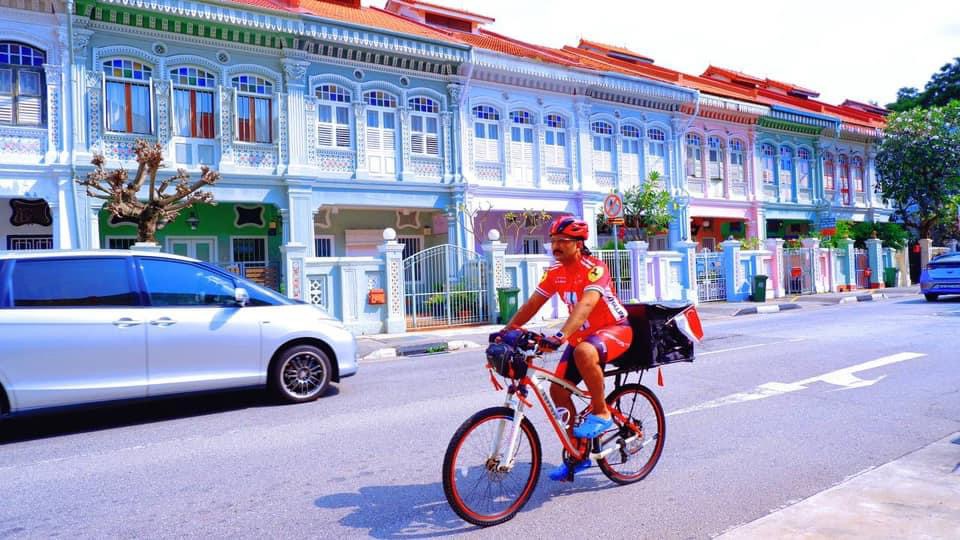
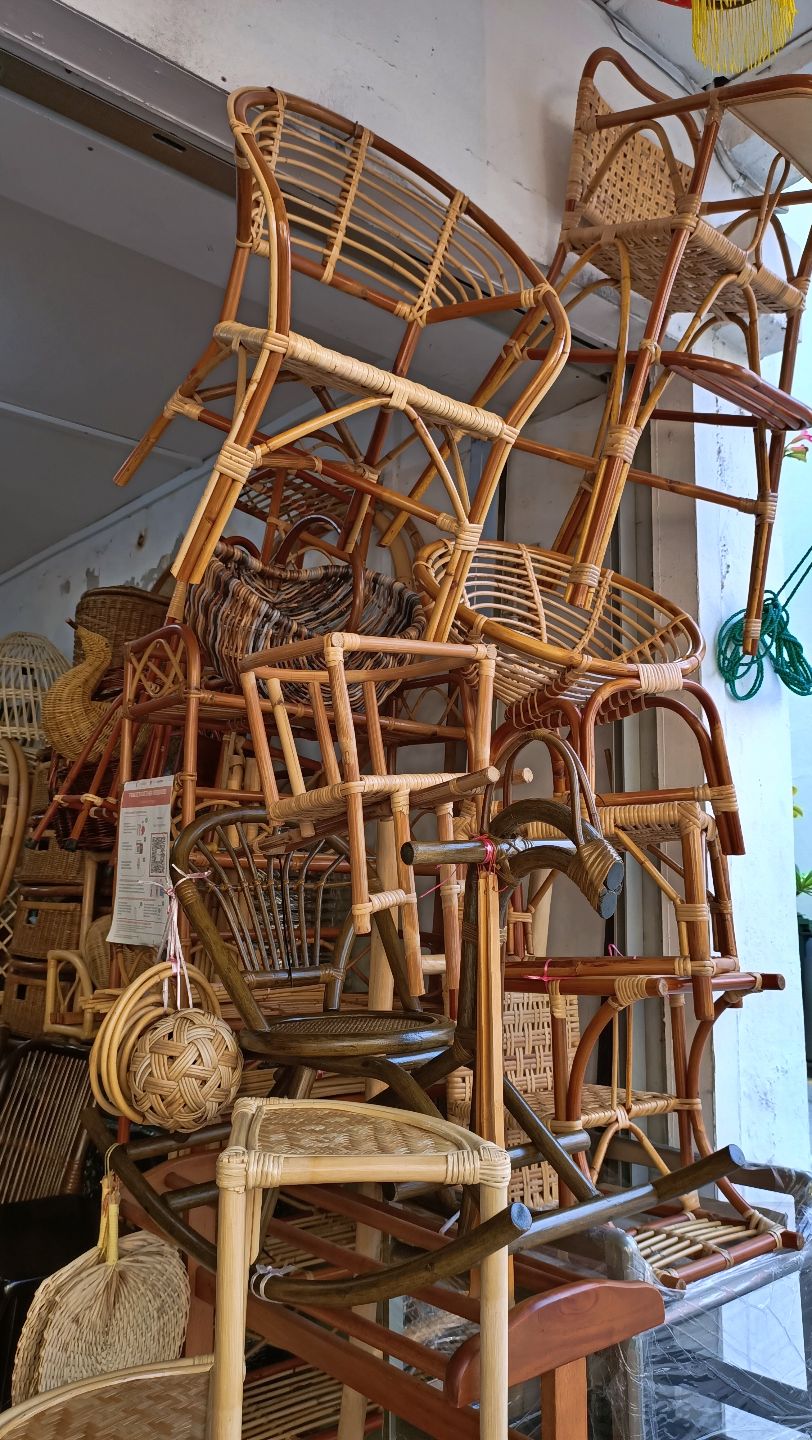

Behind Every Door: Our Neighbourhood Spaces

The streets of Katong-Joo Chiat tell their stories through brick and mortar, where every façade holds decades of memories.
Landmarks — such as the Kader Building — were more than architectural staples; they were the heartbeat of daily life, where residents shopped for groceries, caught up with neighbours, and shared meals with loved ones. In these spaces, both grand and humble, the community forged connections that would define the character of the neighbourhood for generations to come.
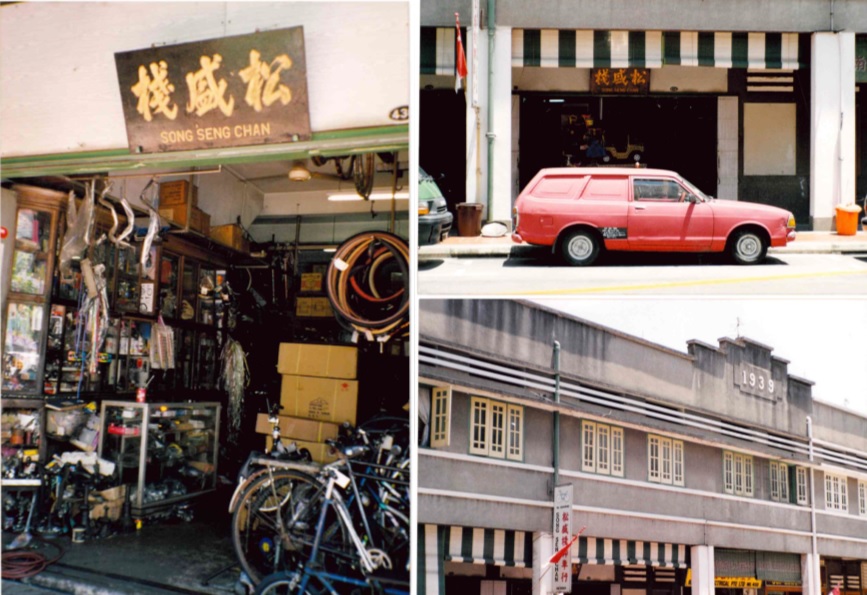
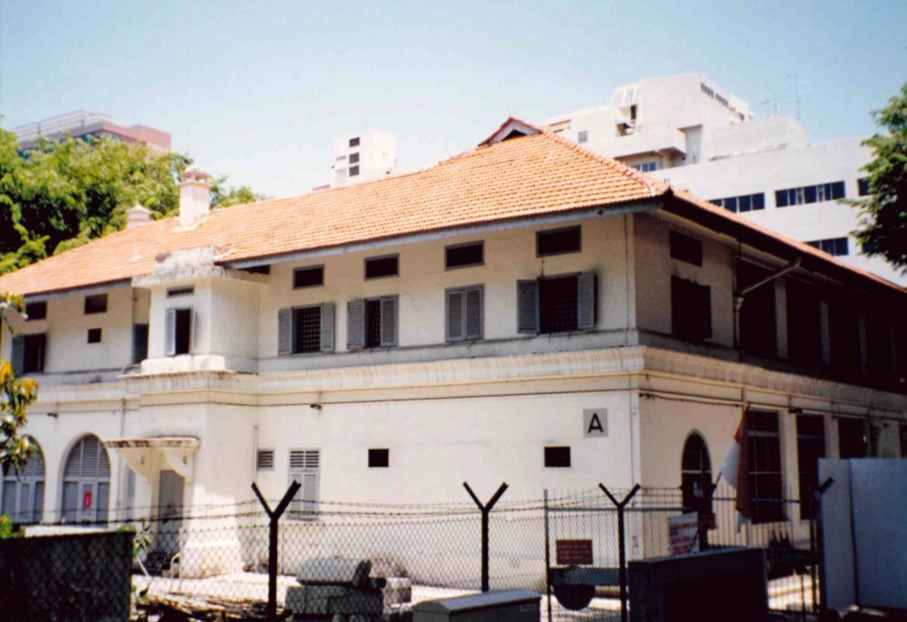
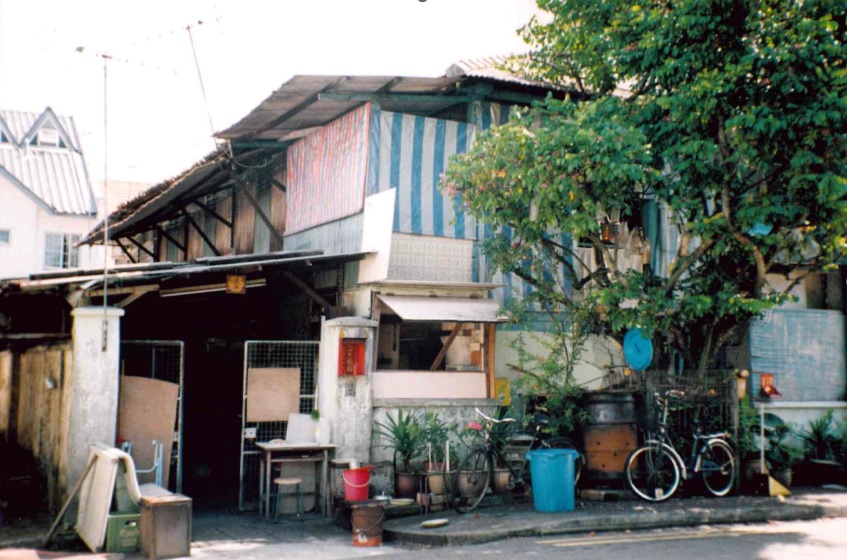

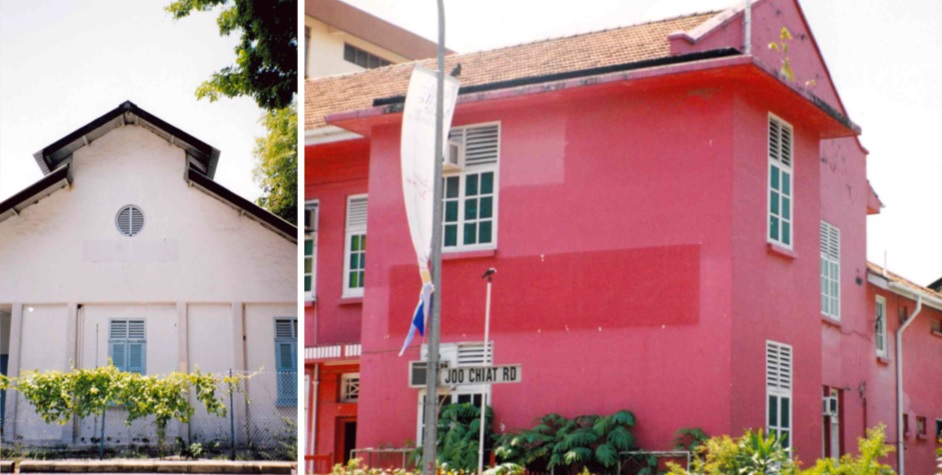
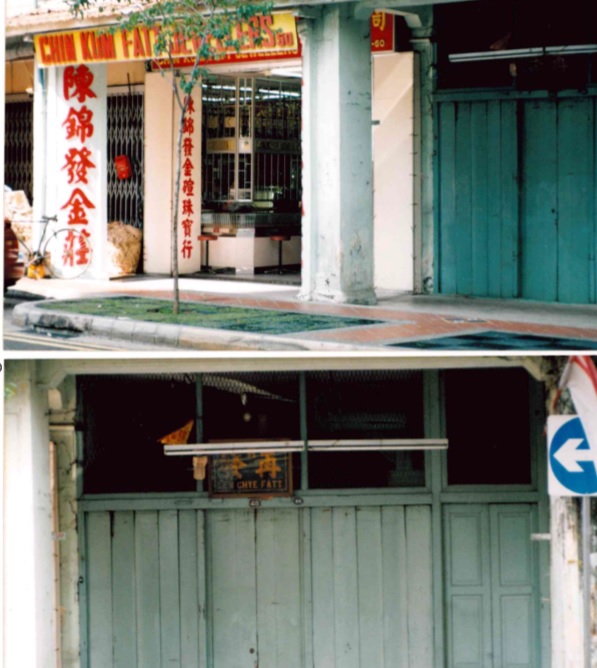



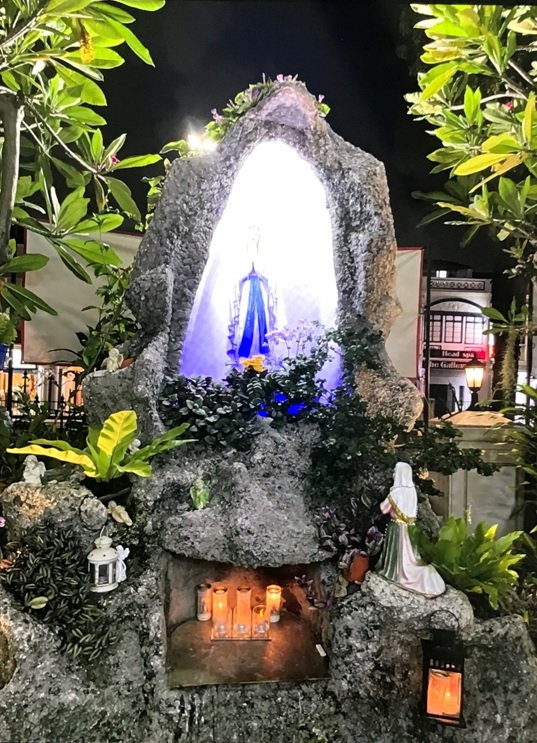
Taste of Home: Family Recipes and Familiar Flavours
“My grandfather, Yap Chee Quee, worked as a housekeeper and cooked for various Peranakan families, one of which was the Chew Joo Chiat household. Although he was Hainanese, it was during this time that he honed and perfected his Peranakan culinary skills. He later opened Guan Hoe Soon restaurant in 1953, which specialised in Peranakan dishes such as our signature ayam buah keluak (chicken with keluak nuts). In this photo, to celebrate the Lunar New Year, my family decided to light firecrackers outside the restaurant at 214 Joo Chiat Road.” Contribution by Jenny Yap, 1960s.
The flavours of Katong-Joo Chiat have been lovingly preserved through family recipes and well-worn kitchen doors.
From traditional establishments passed down through generations to the aroma of freshly baked bread wafting from neighbourhood bakeries, these streets tell their stories through taste and tradition.
Through photographs shared by the community, we glimpse bustling coffee shops where regulars gathered over kopi and reminisce humble stalls that fed the neighbourhood. Each dish served was more than a meal—it was a celebration of heritage, family, and the connections that food creates.
